BC Government considers protecting the Avatar Grove and Ancient Trees
Forests Minister Pat Bell’s statements comes on the heels of a new
Forest Practices Board report released on Thursday that calls on the
BC government and industry to seek “creative ways” to save ancient
trees, that the land-use policy framework exists for the BC government
to readily protect the Avatar Grove
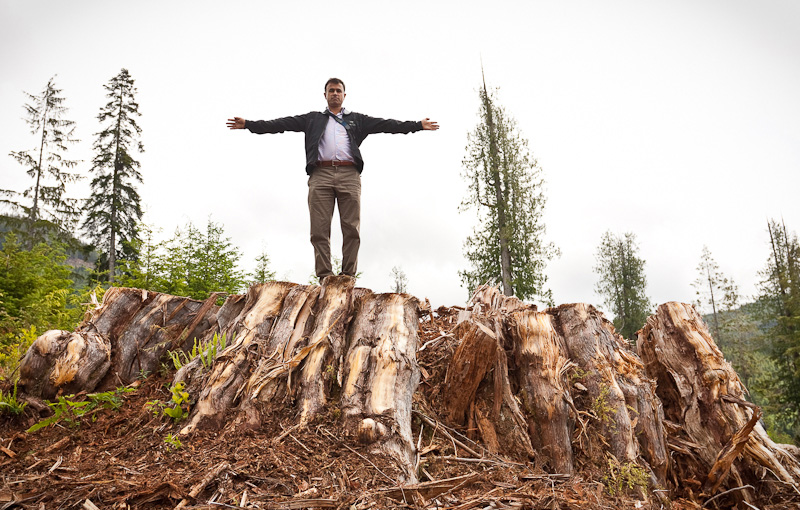
Forestry Watchdog Concludes Strong Public Interest for Saving Ancient Forests and that BC Government can Readily Protect Avatar Grove
This report brings the welcome conclusions that there is 'strong public interest' in protecting our extremely rare, monumental stands of coastal ancient forests like the Avatar Grove, and that the BC government has the legal mechanisms to quickly protect them – if they have the political will
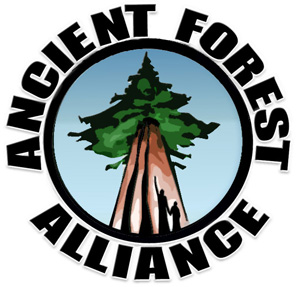
Ancient Forest Alliance’s One Year Anniversary, Organization Prepares for Province Wide Tour
Since then the non-profit environmental organization has become perhaps the fastest growing environmental group in BC, snowballing to 18,000 supporters through Facebook and by email, and garnering hundreds of news stories in the media on its campaigns.
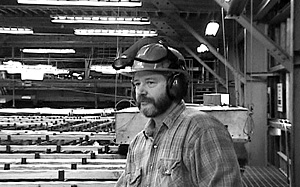
Tree-Huggers and Tree-Cutters Celebrate 10 Year Alliance
The Youbou TimberLess Society (YTS) will be hosting a film screening of their documentary videos “Stump to Dump”, and “Log Exports” produced by Lake Cowichan Secondary students, at the Duncan United Church Hall on Jan 20th at 7pm. A discussion with YTS members and Ken Wu and TJ Watt of the Ancient Forest Alliance will follow.
Endangered Avatar Grove Celebrates One Year Anniversary
To mark the one year anniversary since identifying the spectacular but endangered Avatar Grove the Port Renfrew Chamber of Commerce is repeating its request to the provincial government to protect the Grove while the Ancient Forest Alliance (AFA) is planning to organize monthly public hikes to the Grove until it is saved.
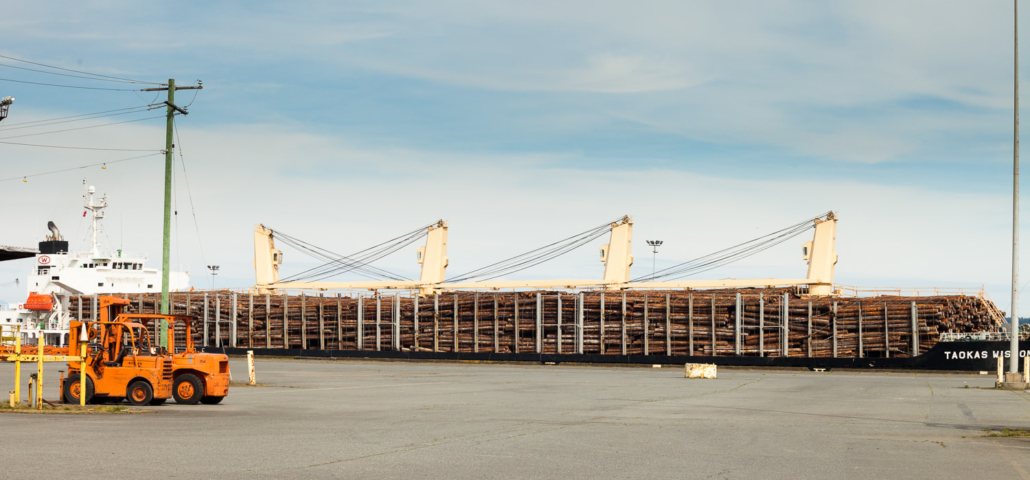
Ban Old-Growth Wood and Raw Log Exports to China, Ancient Forest Alliance tells BC Liberal government on the Eve of Trade Mission
The Ancient Forest Alliance is calling on the BC Liberal government to ban old-growth wood and raw log exports to China on the eve of the BC Liberal government’s trade mission to China. Starting tomorrow, from October 28 to November 8, Pat Bell, BC’s new Minister of Forests, Mines, and Lands (formerly the Minister of Forests and Range) will be embarking with industry reps on the BC government’s largest trade mission to China so far.
Horgan, Hicks, and Cash Join Ancient Forest Alliance on Tour of Avatar Grove and to Canada’s Biggest Trees and Stumps
Port Renfrew, BC- Malahat-Juan de Fuca MLA John Horgan, CRD Director for the Juan de Fuca Electoral Area Mike Hicks, and Port Renfrew Chamber of Commerce member Jon Cash joined the Ancient Forest Alliance’s TJ Watt and Ken Wu for a visit to the threatened Avatar Grove, San Juan Spruce (Canada’s largest spruce tree), and a nearby clearcut with giant stumps this past Tuesday, September 28. The provincial and regional representatives have expressed an interest in the protection of these world-class old-growth stands.
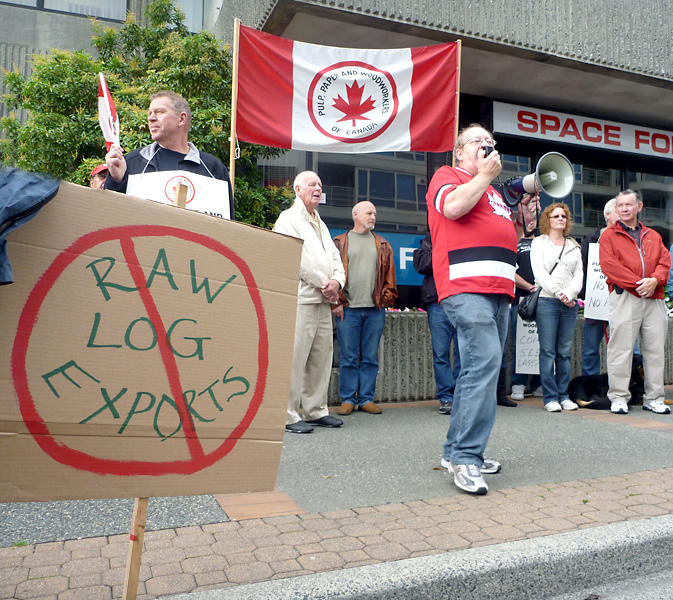
Ancient Forest Alliance Stands in Solidarity with Forestry Workers
In a seemingly unlikely event, the Ancient Forest Alliance stood in solidarity with members of the Pulp, Paper and Woodworkers of Canada and the United Steelworkers Union in Nanaimo yesterday as part of the ongoing fight to ban raw log exports in BC. AFA forest campaigner TJ Watt spoke alongside union officials, Nanaimo MLA Leonard Krog, and Nanaimo-North Cowichan MLA Doug Routley to the hundreds of workers in attendance, denouncing the export of raw logs and calling for the protection of BC's threatened forestry jobs.
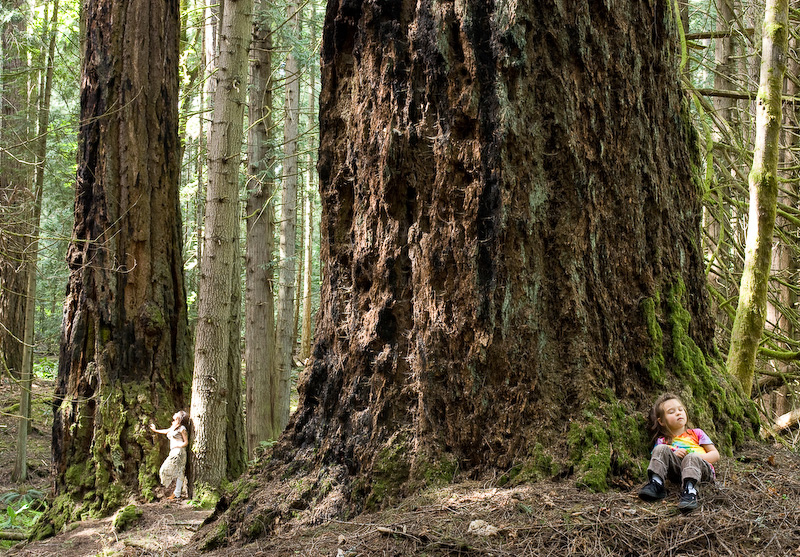
BC Government Commended for Protecting 1600 Hectares of Extremely Endangered Coastal Douglas Fir Ecosystem
The Ancient Forest Alliance is thanking the Ministry of Forests and Range, the Integrated Land Management Bureau, and Forest Minister Pat Bell for protecting 1600 hectares of public (Crown) lands within the Coastal Douglas Fir biogeoclimatic zone on southeastern Vancouver Island.
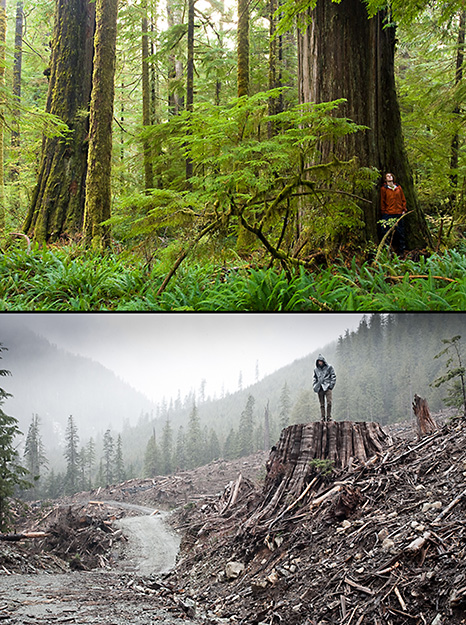
Ancient Forest Alliance commends the BC Government and Forests Minister Pat Bell for taking a step forward to protect some of Vancouver Island’s Old-Growth Forests
Yesterday the BC government announced the protection of 38,000 hectares of old-growth forests on central and northern Vancouver Island in a series of Old-Growth Management Areas. On Vancouver Island there are 400,000 hectares of productive old-growth forests outside of protected areas, with another 200,000 hectares in parks and Old-Growth Management Areas.
